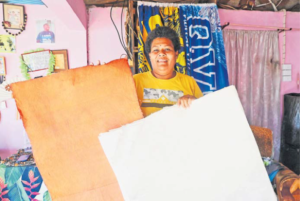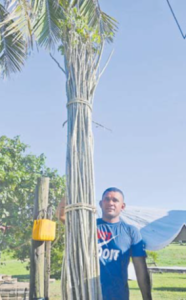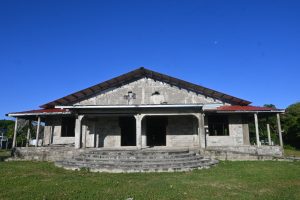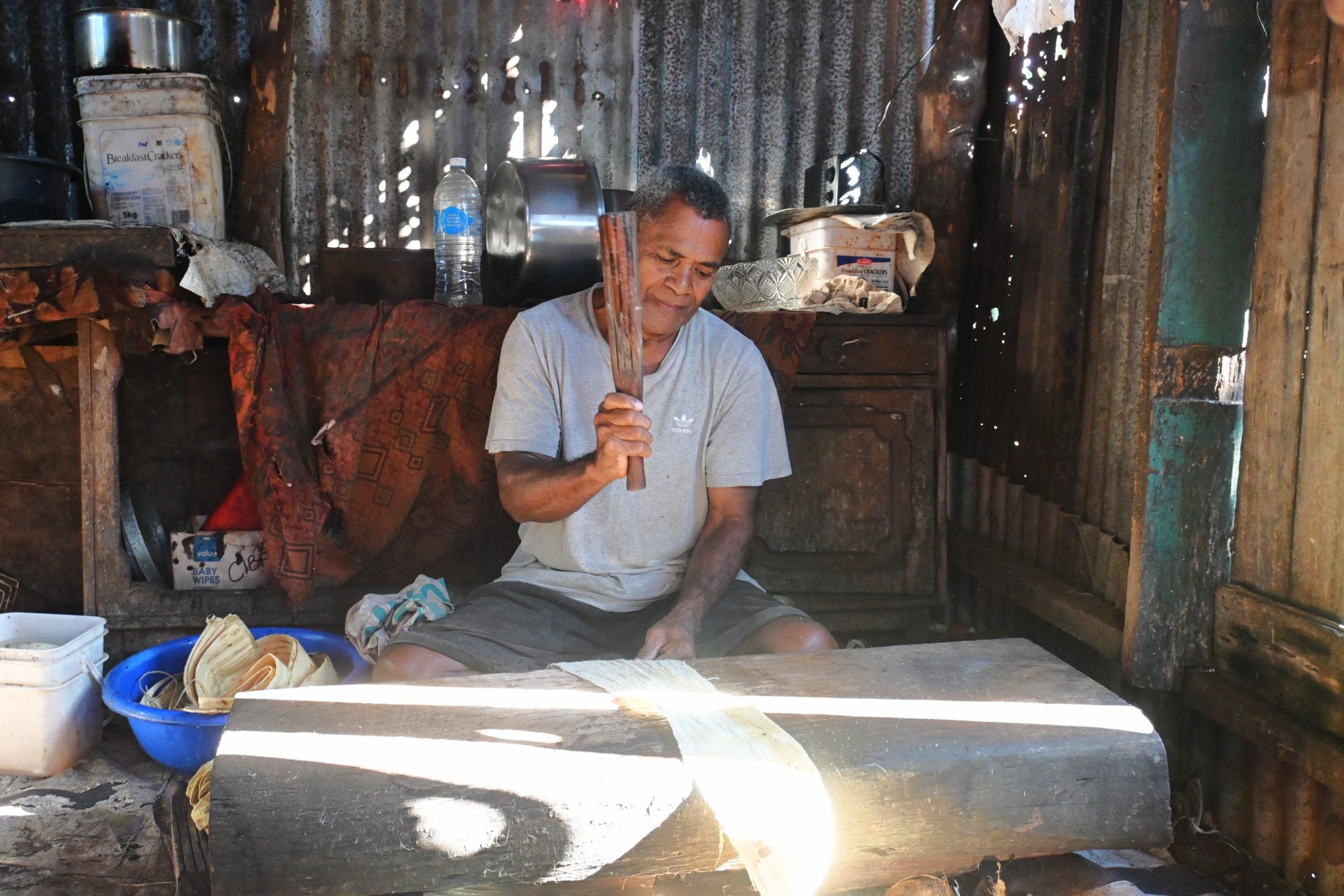ON the island of Vatulele, where white sandy beaches meet the rolling waves of the Pacific, there’s more than just the scenic beauty that makes this place unique.
For generations, the art of tapa or masi making has been a cornerstone of life on the island.
For 47-year old mother of four Loraini Naga, said masi production was not just a job; it was a way of life that had shaped her and the people of Vatulele for as long as she could remember.
Masi, made from the bark of the paper mulberry tree, is deeply embedded in the culture of not just Fiji but right across the Pacific, and in Vatulele, it is both a livelihood and an expression of identity.
Ms Naga, who has been making tapa since she her youth, recalled a time when it was solely about survival — helping her family earn enough to get by.
Today, it has blossomed into something much more significant, Tapa has become a business and a symbol of resilience for the islanders.
Sundays is when the church bells ring at midnight to signal a day of rest, and funerals momentarily interrupt the hustle of Tapa-making.
However, on Mondays, the village comes alive with the sound of masi being pounded, followed by a daily prayer session that runs from 12 midday to 1pm, halting the community to reflect spiritually, giving thanks for the work done in a day.
Masi production begins with the gathering of the paper mulberry tree bark, which is carefully harvested.
Ms Naga said at least four rolls of bark were needed to create one sheet of masi.
Once the bark is softened through pounding on flat surfaces, it forms sheets of white masi, then glued together using cassava starch.
These sheets are then printed with intricate designs that reflect the island’s rich cultural heritage.
What makes masi production in Vatulele unique is not just the artistry involved but its economic impact on the community.
With the shutdown of the Vatulele Island Resort, which once provided another avenue for income generation, the villagers turned entirely to the production of tapa as their primary source of income.
The tapa, once sold through the hotel at undervalued prices, is now sold directly to customers recognising the value of their hard work.
Ms Naga said the villagers set their own prices for the masi they made, with customers often paid upfront.
She said the direct exchange of goods for cash provided a sense of financial independence.
“With masi making, I don’t have to wait for a paycheck,” Ms Naga said.
“If I need money, I just make the masiand sell it.”
Vatulele’s masi is now sold across Fiji and abroad, with customers from as far as the United States placing orders.
Even neighbouring island states which require masi turn to Vatulele’s skilled artisans to create high-quality masi for traditional ceremonies and attire.
This expanding market showcasing Vatulele’s resilience have led to significant projects funded by tapa sales, such as the construction of a new church on the island.
The church, which is nearly complete, was built through a fundraising initiative where families contributed funds made from tapa sales.
“We raised more than enough to build the church,” Ms Naga said, proud of what the community has accomplished together.
While there have been talks of formalising the masi business into a collective, many preferred to work independently.
“We noticed that working alone is more beneficial for us because it reduces the chances of corruption,” she said.
This independence ensures that everyone receives full compensation for their efforts and maintains control over their own business. Ms Naga said The Fiji Crop & Livestock Council (FCLC) had recognised the potential of Vatulele’s masi industry and had urged the villagers to capitalise on their raw materials and expertise.
The hope is to expand production, pass down the skills to the next generation, and strengthen the brand of Vatulele’s masi worldwide.


harvesting tree barks from the paper mulberry tree, exemplifying what masi looks like before it is beaten
to thin sheets. Picture: JOSEFA SIGAVOLAVOLA

in completion), built on income made from
masi and fundraised by community.
Picture: JOSEFA SIGAVOLAVOLA
NOTE: This article was first published in the print edition of the Fiji Times dated FEBRUARY 19, 2025.



